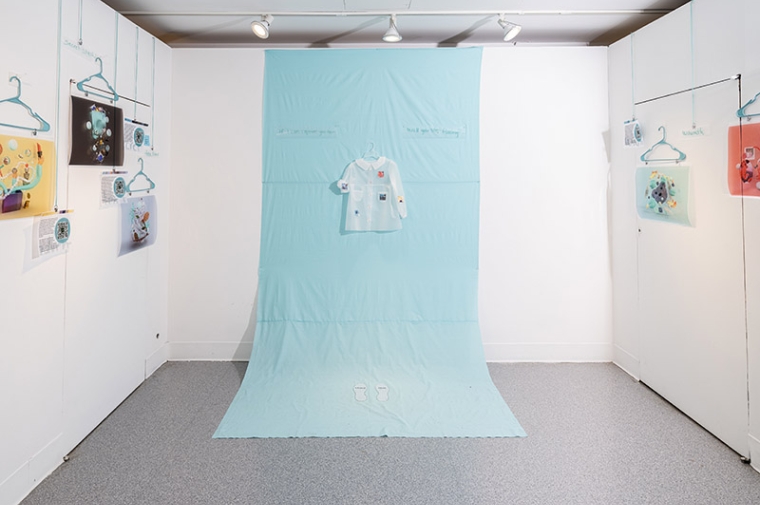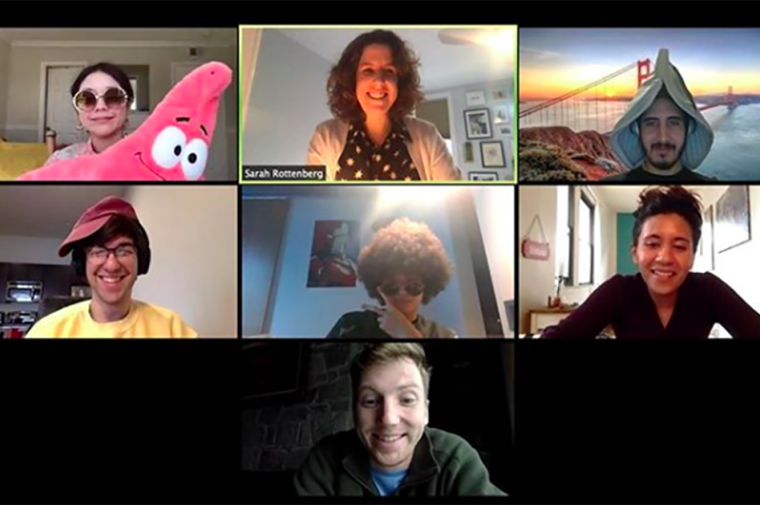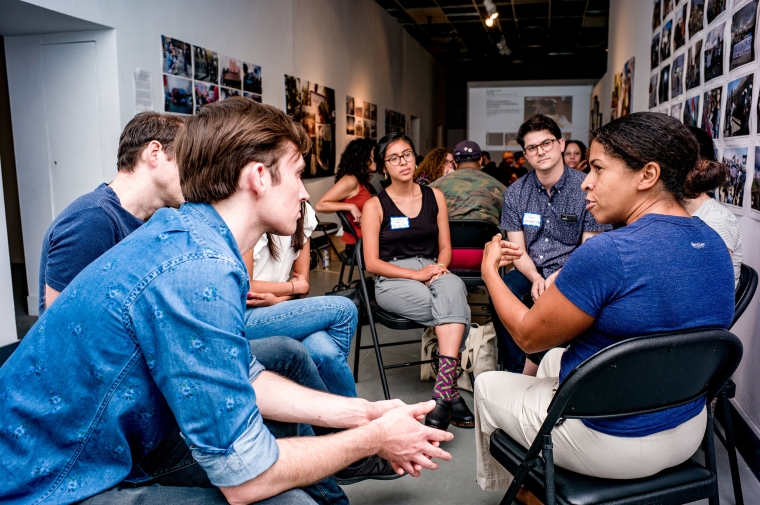September 6, 2019
Orkan Telhan Talks Biology, Design, and the Future of Humans
By Angelo Fichera
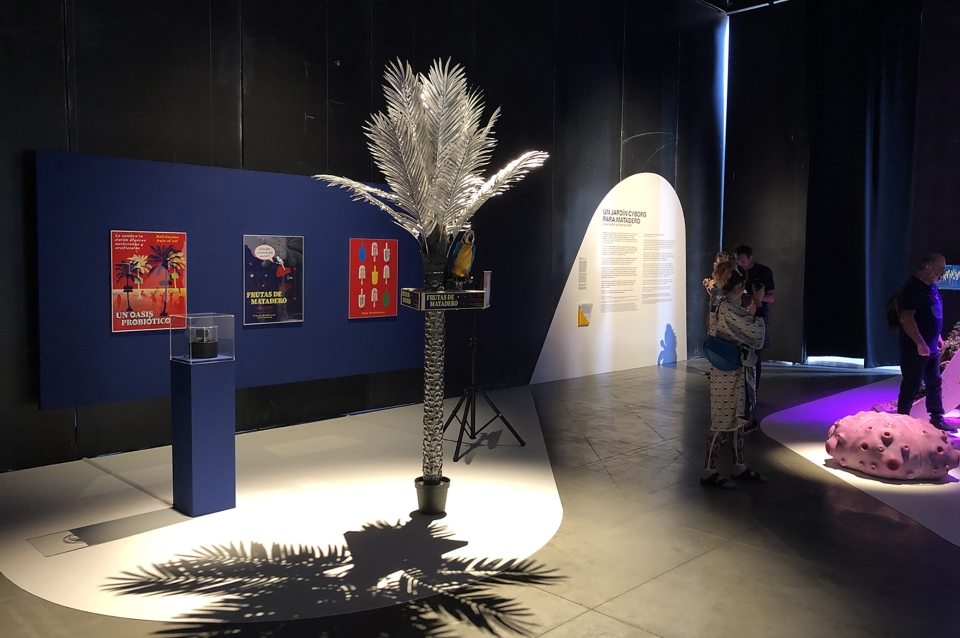
Telhan’s project ”Fruits of Matadero” is a public commission by Matadero Madrid that will be on display through October of 2019.
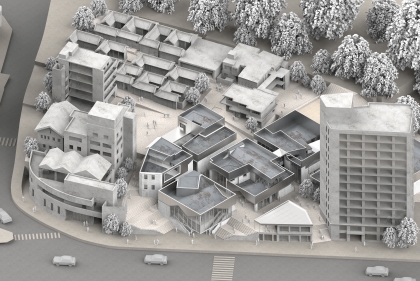
 Expand Image
Expand Image